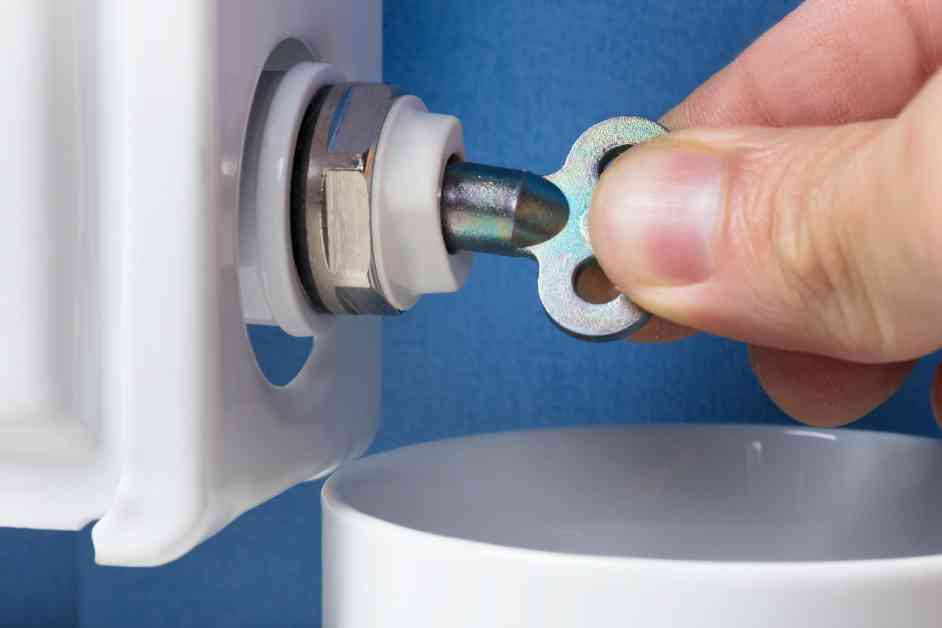Brits are being encouraged to take advantage of a simple 99p tool that could potentially save them nearly £350 on their winter energy bills.
With energy bills on the rise and Ofgem increasing the energy price cap, the average household is expected to see a £149 increase in their bills starting in October. The new price cap will be set at £1,717, up from £1,568 previously. While the cap does not determine the maximum amount a household will pay for energy, it does limit the charges per unit of gas or electricity, meaning those who consume more energy will face higher costs.
Purchasing a radiator bleeding key for as little as 99p could lead to savings of up to 20% on energy bills, as experts suggest. Mitchell Wray, a home heating specialist at National Insulation Supplies, highlighted the importance of regular maintenance tasks like bleeding radiators, which are often overlooked by many households.
“Bleeding your radiators is a simple yet effective way to ensure your heating system operates efficiently. When air becomes trapped in the radiators, they are unable to heat up effectively, causing the boiler to consume more energy to compensate for the air trapped inside. This ultimately results in higher energy costs,” explained Wray.
Why Bleeding Your Radiators Is Important
Many homeowners focus on maintaining their central heating systems and boilers, but neglecting the radiators can lead to inefficiencies and increased energy consumption. By bleeding your radiators, you can release trapped air that hinders their performance, allowing them to heat up evenly and effectively, thus reducing the overall energy usage of your heating system.
How to Bleed Your Radiators
Step 1: Gather the Necessary Tools
Before starting the bleeding process, ensure you have all the required tools on hand, including a radiator bleed key and an old towel.
Step 2: Turn Off the Heating
It is crucial to switch off the heating system before bleeding the radiators to prevent any scalding water accidents. Allow at least two hours for the radiators to cool down if the heating was recently on.
Step 3: Prepare for Dripping Water
Place a towel or a bucket under the radiator to catch any water that may drip out during the bleeding process.
Step 4: Turn the Valve
Using the radiator bleed key, turn the valve located in one of the corners of the radiator until you hear trapped air escaping with a hissing sound.
Step 5: Wait for Water to Drip
Keep the valve open until you see water dripping out, indicating that the trapped air has been released. Then, tighten the valve back up.
Step 6: Test the Radiators
Turn on the heating for a few minutes to ensure that all radiators are heating up evenly without any cold spots, indicating successful bleeding.
By following these simple steps and bleeding your radiators regularly, you can improve the efficiency of your heating system and potentially save a significant amount on your energy bills during the winter months.
As the winter season approaches and energy costs continue to rise, taking proactive steps such as bleeding your radiators can make a noticeable difference in reducing your overall energy expenses. With a small investment in a 99p radiator bleed key and a bit of time for maintenance, you can potentially save hundreds of pounds on your winter energy bills while ensuring your home stays warm and comfortable throughout the colder months.




















